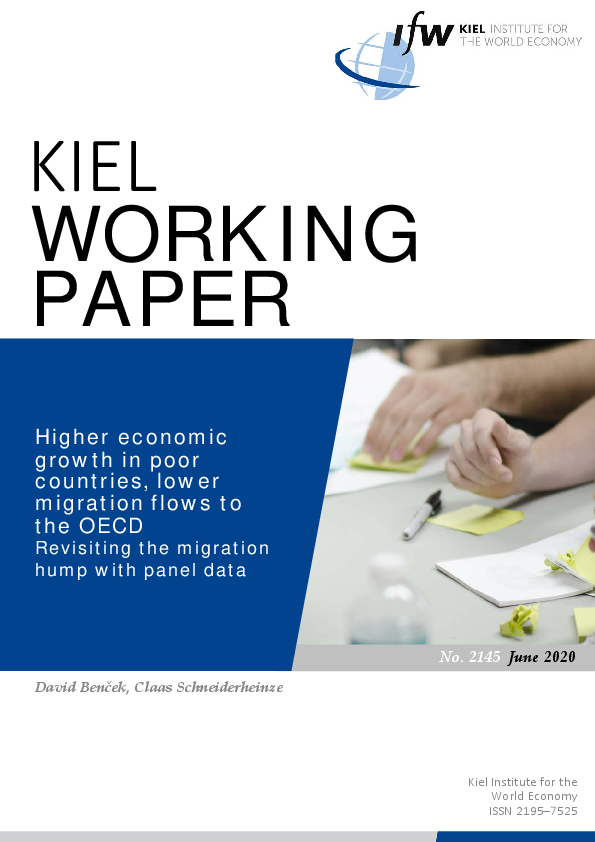Arbeitspapier
Higher economic growth in poor countries, lower migration flows to the OECD – Revisiting the migration hump with panel data
Autoren
Erscheinungsdatum
JEL Classification
Schlagworte
Migration
Wachstum
Schwellen-& Entwicklungsländer
Afrika
Comparing emigration rates of countries at different stages of economic development, an inverse u-shape emerges. Although merely based oncross-sectionalevidence, the“migrationhump”iswidelyinterpretedas a causal relationship. Therefore, economic progress in developing countries is assumed to increase migration. For policy makers in destination countries that implies a sensitive trade-off between supporting development and reducing immigration pressures. In this paper we investigate whether the migration hump holds up to more scrutiny, finding that the cross-sectional pattern is misleading. Using 35 years of data on migration flowstoOECDdestinations, wesuccessfullyreproducethehump-shapein the cross-section. However, more rigorous fixed effects panel estimations that exploit the variation over time consistently show a negative association between income and emigration. This result is independent of the level of income a country starts out at and thus casts doubt on any causal interpretation of the migration hump.






